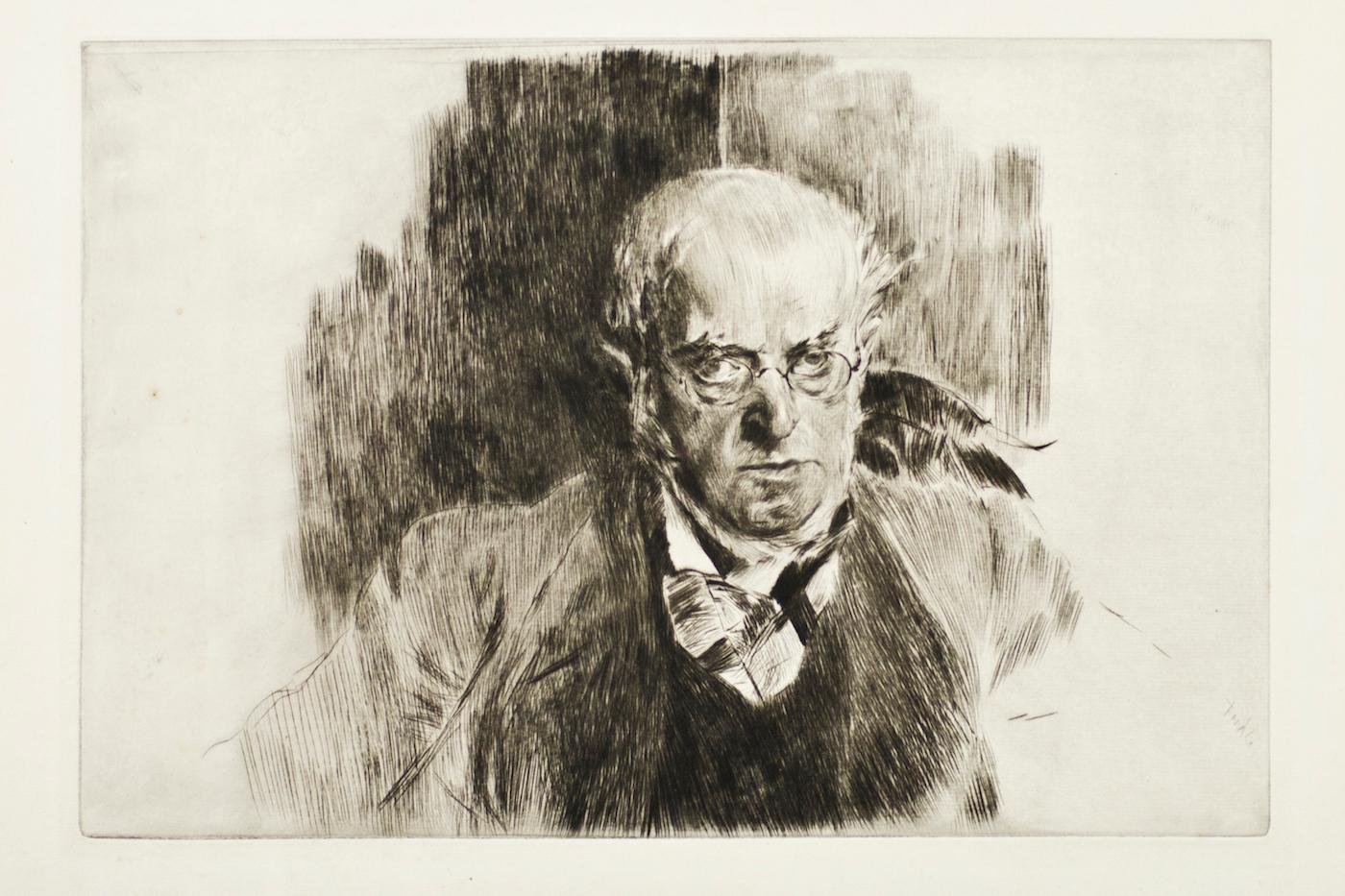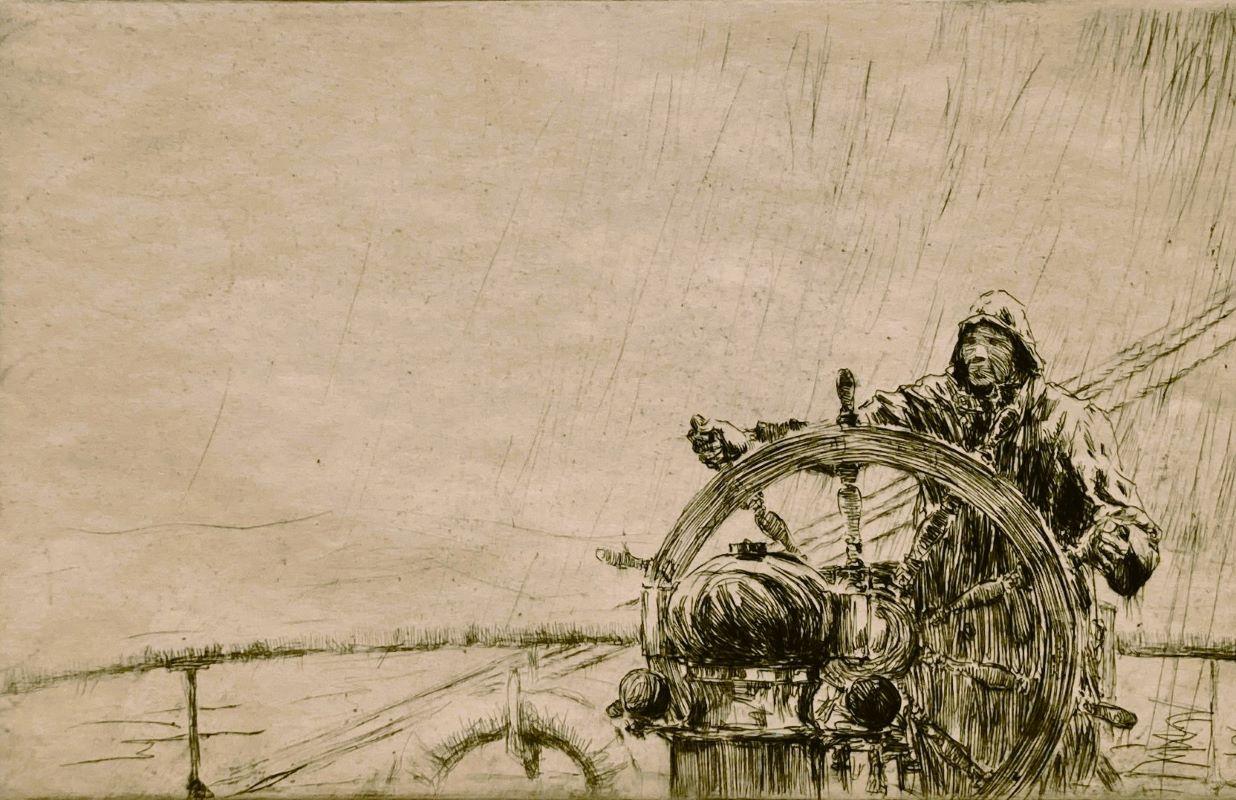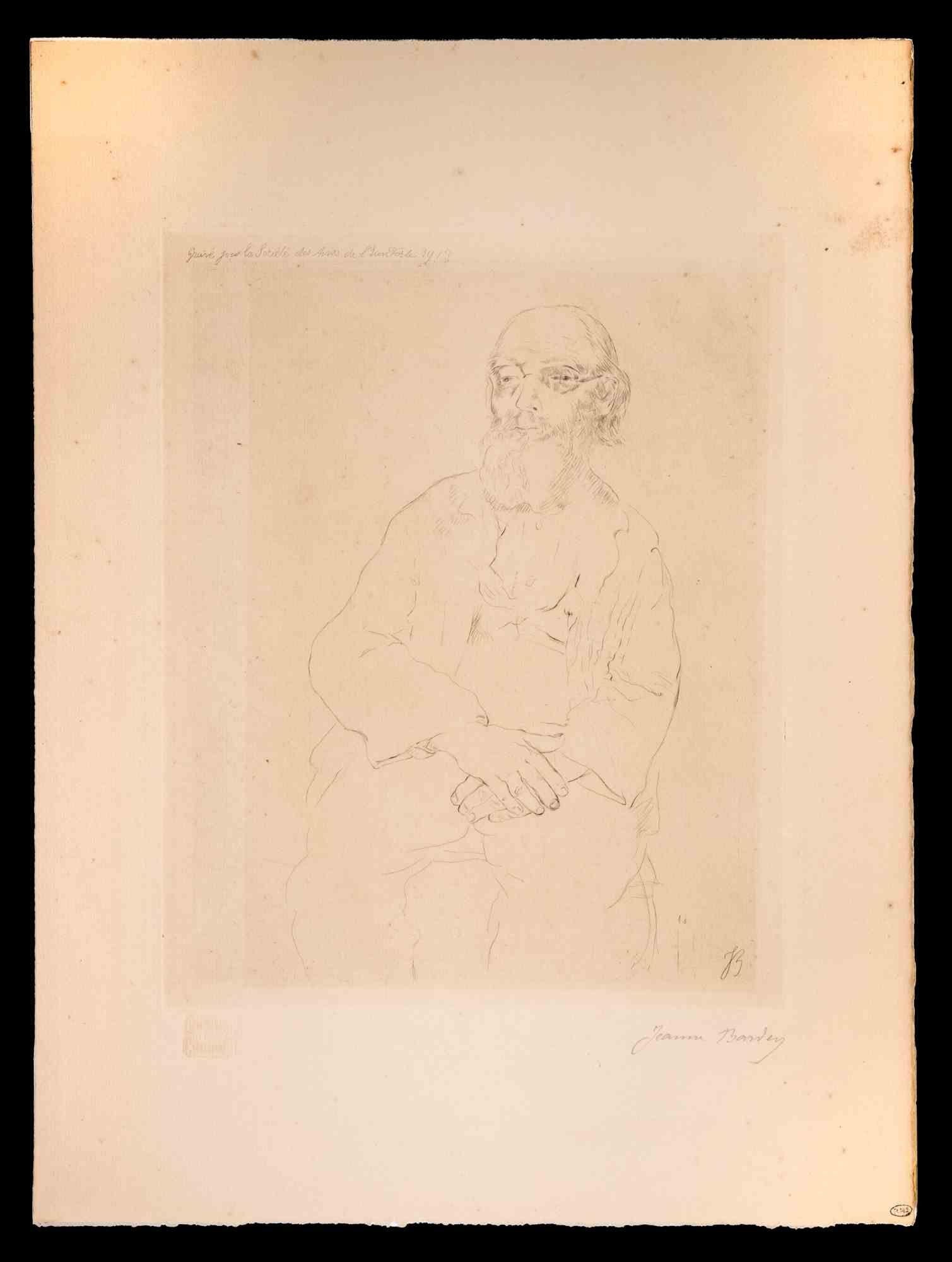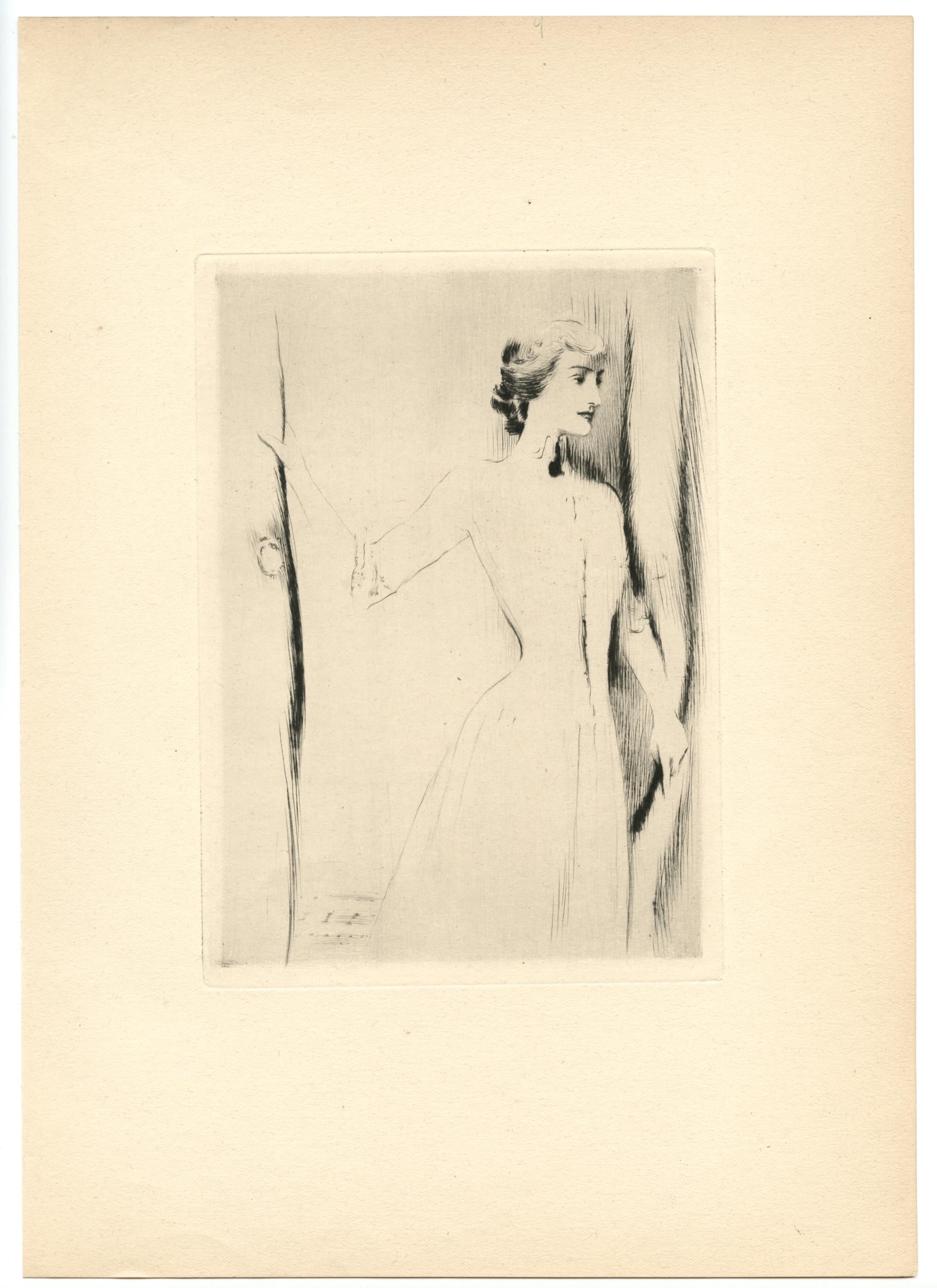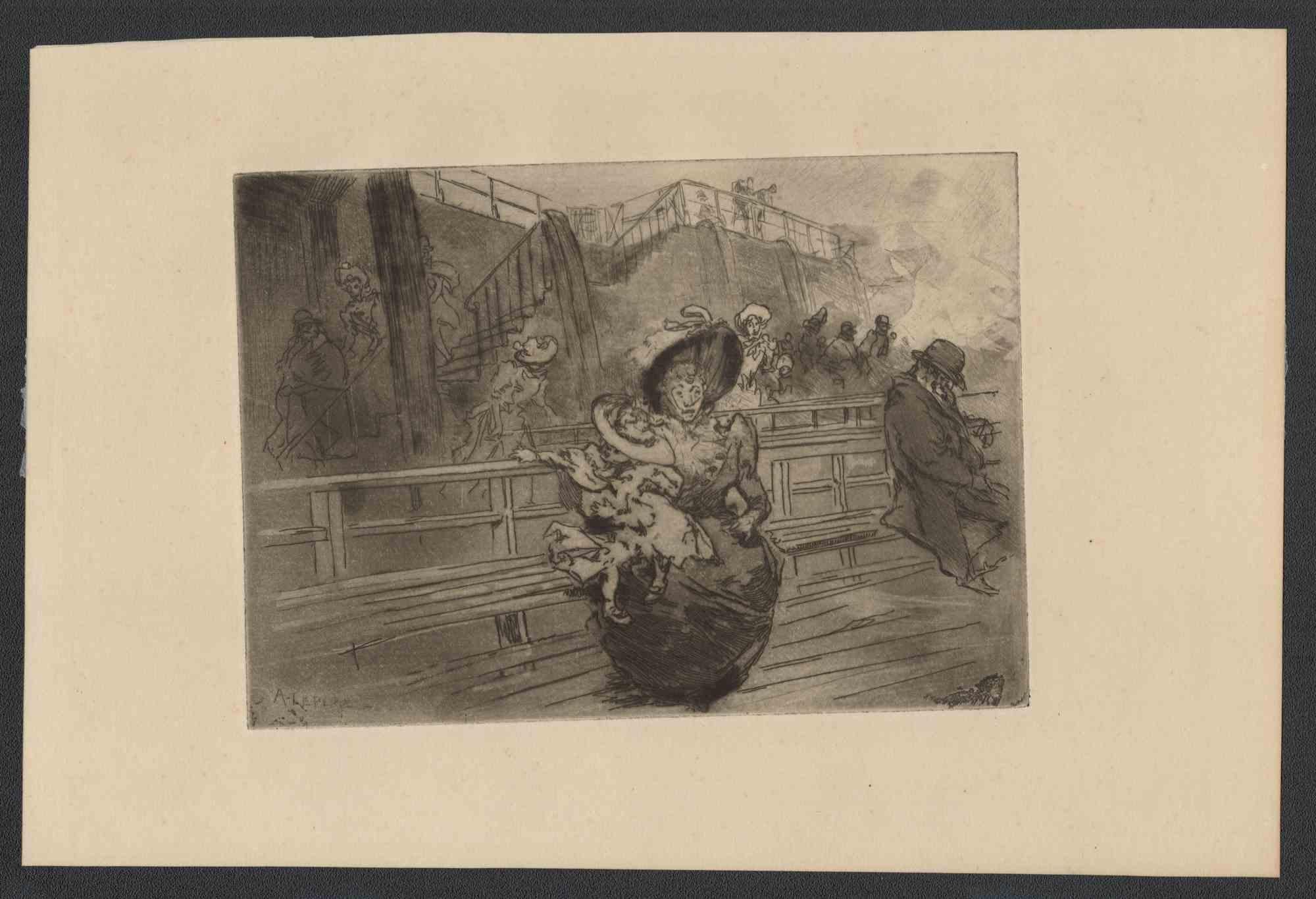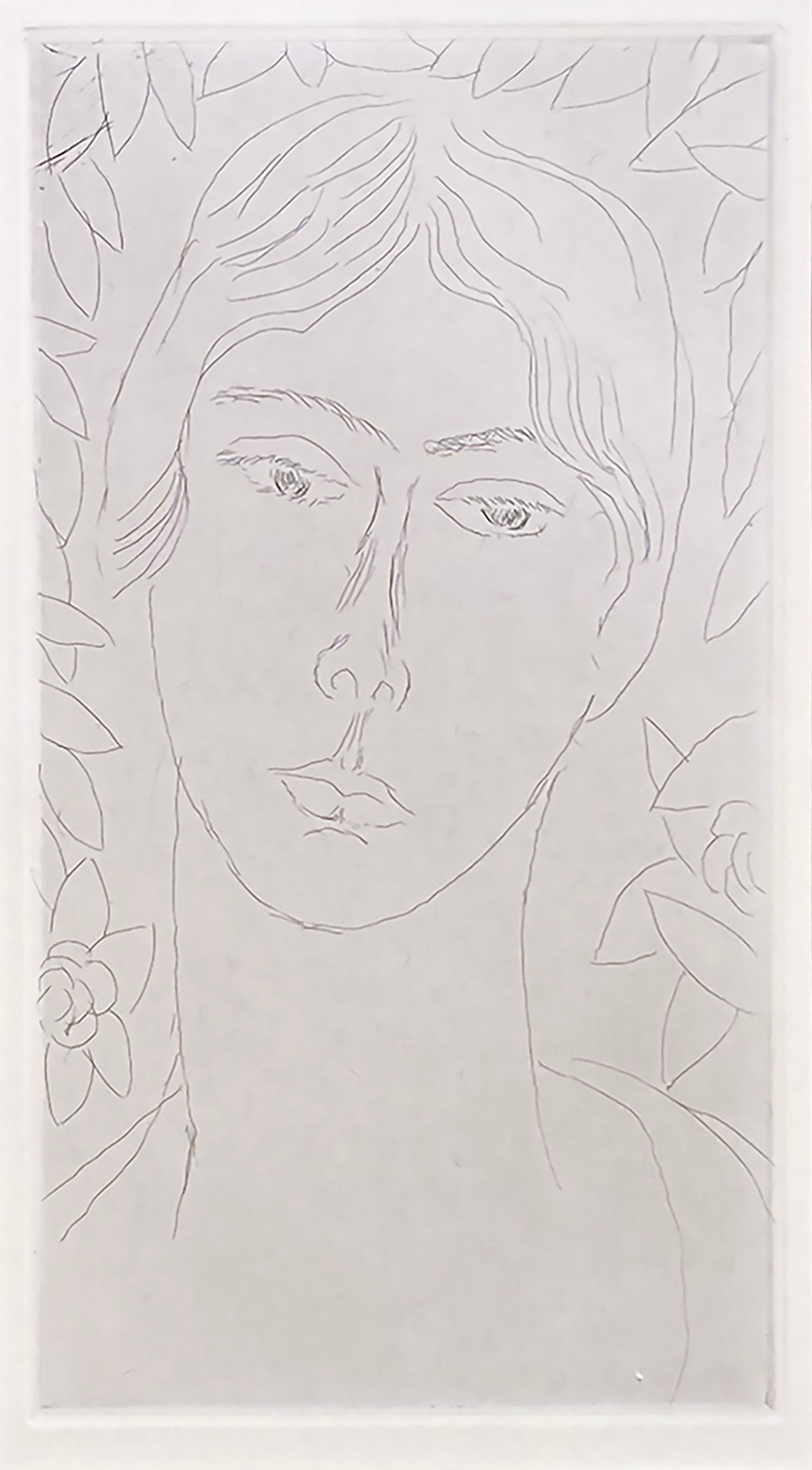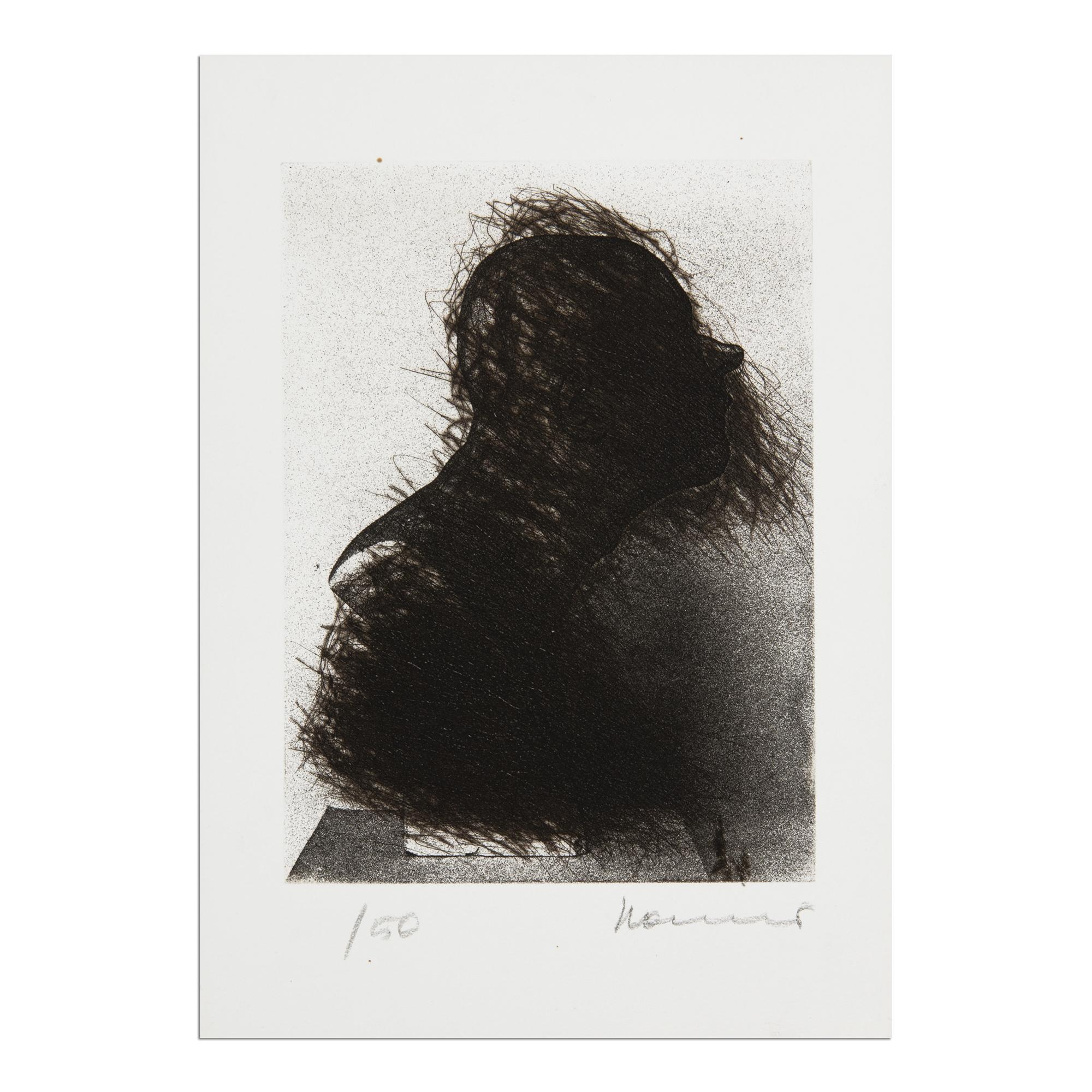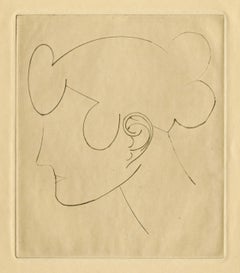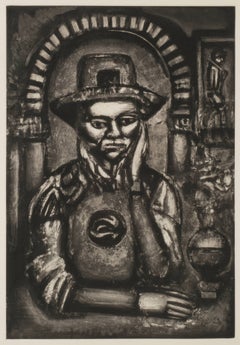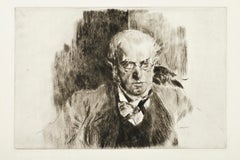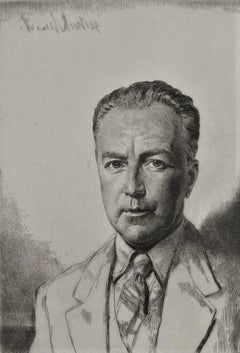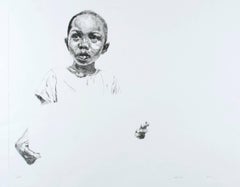
If you are too cool, You loose.
View Similar Items
Want more images or videos?
Request additional images or videos from the seller
1 of 2
Darius StewardIf you are too cool, You loose.2016
2016
About the Item
- Creator:Darius Steward (American)
- Creation Year:2016
- Medium:
- Period:
- Condition:Very Good original condition.
- Gallery Location:Fairlawn, OH
- Reference Number:Seller: FA107151stDibs: LU1402667053
About the Seller
5.0
Recognized Seller
These prestigious sellers are industry leaders and represent the highest echelon for item quality and design.
Platinum Seller
These expertly vetted sellers are 1stDibs' most experienced sellers and are rated highest by our customers.
Established in 1978
1stDibs seller since 2013
711 sales on 1stDibs
Typical response time: 1 hour
Associations
International Fine Print Dealers Association
More From This SellerView All
- Woman's Head - Woman's Head in Profile (left) (Havard)By Elie NadelmanLocated in Fairlawn, OHWoman's Head - Woman's Head in Profile (left) (Havard) Drypoint, 1920 Unsigned (as issued) From: The Drypoints of Elie Nadelman, 21 unpublished prints by the sculptor, proof from th...Category
1920s American Modern Portrait Prints
MaterialsDrypoint
- Chinois inventa, dit-on, la poudre a canon, nous en fit donBy Georges RouaultLocated in Fairlawn, OHChinois inventa, dit-on, la poudre a canon, nous en fit don (The Chinese invented gunpowder, they say, and made is a gift of it) Aquatint, roulette, drypoint, acid bite, and scorper, 1926 From: Miserere, Plate 38 Initially started by Ambrose Vollard, this portfolio was published in 1948 by Editions de l'Etoile Filante, Paris This image is the cover illustration for the 1938 MOMA catalog...Category
1920s French School Portrait Prints
MaterialsDrypoint, Aquatint
- If you're too cool, you lose.By Darius StewardLocated in Fairlawn, OHSigned, dated and numbered in pencil Printer: Rebekah Wilhelm, Zygote Press, Cleveland Created at Zygote Press, Cleveland, 2015, while the artist was an Artist in Residence. Exhib...Category
2010s Contemporary Figurative Prints
MaterialsDrypoint
- Darius IIBy Darius StewardLocated in Fairlawn, OHSigned in pencil lower right Edition: 3 impressions Signed, dated and annotated “1 of 3” Exhibited: Zygote Press, Cleveland, 2016 Tregoning & Co. 2017Category
2010s Contemporary Figurative Prints
MaterialsDrypoint
- Femme AssieBy Pierre Georges JeanniotLocated in Fairlawn, OHSigned in pencil lower left; publisher stamp lower right 100 (88/100)Category
1910s Portrait Prints
MaterialsEtching, Drypoint
- Woman's Head in Profile - Woman's Head in Profile (left) (Havard)By Elie NadelmanLocated in Fairlawn, OHWoman's Head in Profile - Woman's Head in Profile (left) (Havard) Drypooint, 1920 Unsigned (as usual) From: The Drypoints of Elie Nadelman, 21 unpublished prints by the sculptor, pro...Category
1920s American Modern Portrait Prints
MaterialsDrypoint
You May Also Like
- Portrait of Adolph Menzel - Etching by Giovanni Boldini - 1897By Giovanni BoldiniLocated in Roma, ITPortrait of Adolph Menzel is a magnificent drypoint realized by Giovanni Boldini in 1897. Reference: Buzzoni / M. Toffanello, Museo Giovanni Boldini, G...Category
1890s Modern Portrait Prints
MaterialsEtching, Drypoint
- Olliver St. John GogartyBy Gerald Leslie BrockhurstLocated in Storrs, CTOliver St. John Gogarty. 1935. Etching. Fletcher 78. 6 7/8 x 5 1/2 (sheet 11 1/4 x 8 3/8). Edition 100. 75 intended for the Cuala Press, Dublin. A rich impression, printed on cream-...Category
Mid-20th Century Modern Portrait Prints
MaterialsDrypoint, Etching
- The HelmsmanBy Arthur John Trevor BriscoeLocated in Storrs, CTThe Helmsman. 1925. Etching. Hurst 130. 7 x 10 7/8 (sheet 11 x 5). Trial proof, apart from the edition of 75 An extremely rich impression printed cream wove paper. An exceptionally r...Category
1920s Modern Landscape Prints
MaterialsDrypoint, Etching
$2,000 Sale Price20% Off - The Old Teacher of Philosophy - Original Drypoint by Jeanne Bardey - 1913By Jeanne BardeyLocated in Roma, ITThe Old Teacher of Philosophy is an original artwork realized by French Artist Jeanne Bardey (1872 - 1954) Drypoint print. Hand-signed on the lower right in pencil, on up dated 191...Category
1910s Modern Figurative Prints
MaterialsDrypoint
- "Un rideau" original drypointBy Fernand KhnopffLocated in Henderson, NVMedium: original etching and drypoint. This impression on wove paper was printed in 1904 and published in Paris by the Revue de l'Art ancien et moderne. Plate size: 6 5/8 x 4 3/4 inc...Category
Early 1900s Portrait Prints
MaterialsDrypoint, Etching
- My DaughterLocated in Middletown, NYDrypoint etching on buff wove paper, 9 3/4 x 12 3/4 inches (250 x 322 mm), full margins. Signed in pencil, lower right margin. Some general age tone, and minor mat tone around the pe...Category
Early 20th Century Modern Portrait Prints
MaterialsEtching, Drypoint
